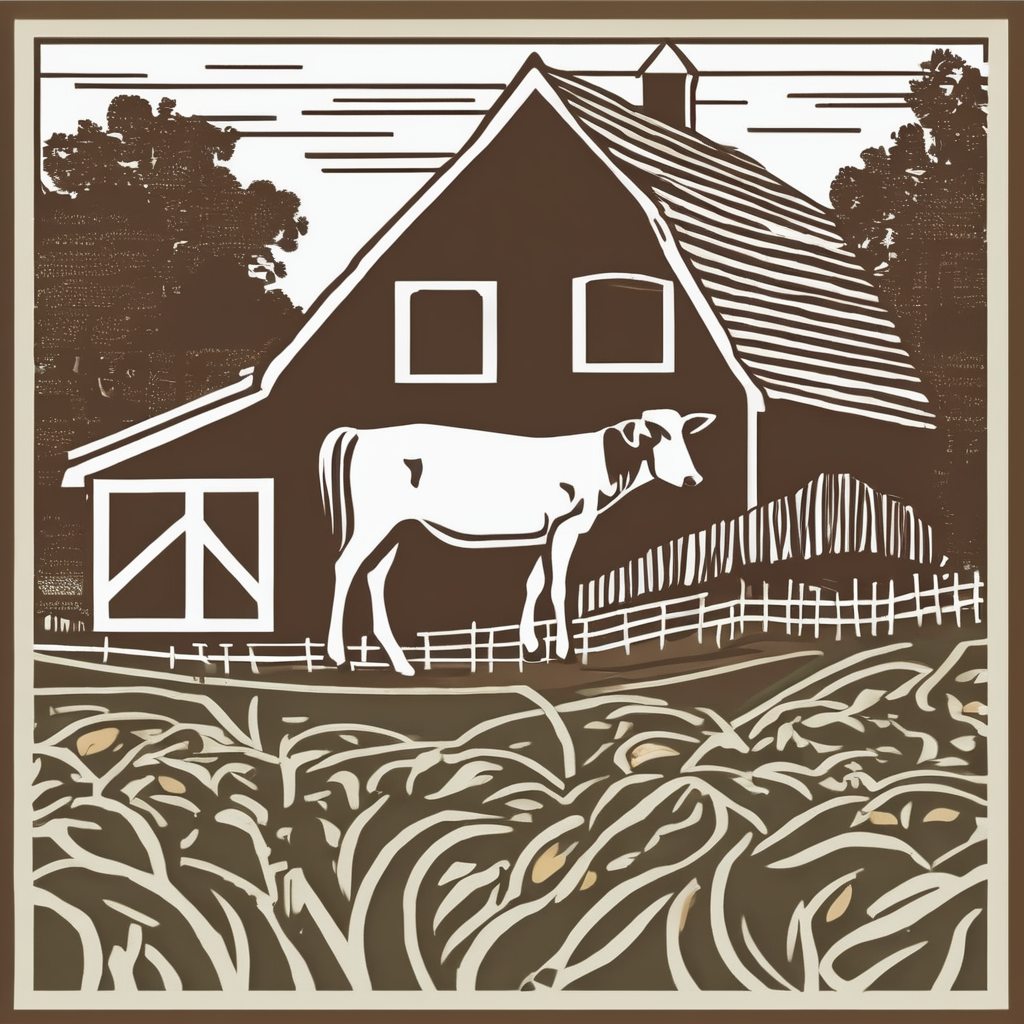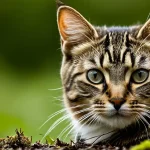Distinctive Pet Breeds Originating from the UK
The UK is home to several unique UK pet breeds that not only showcase diverse characteristics but also reflect the country’s rich history. Among the most notable British dog breeds is the Cavalier King Charles Spaniel, cherished for its affectionate nature and royal lineage. This breed was originally bred for companionship in British aristocracy, illustrating the deep bond between pets and British culture.
Another iconic native is the British Shorthair cat, known for its plush coat and round face. This breed stands out among rare UK pets due to its calm temperament and adaptability to indoor life, making it a popular choice in British households.
In parallel : What Unique Characteristics Define Uncommon Pet Species in the UK?
In comparison to breeds commonly found in other countries, these pets often exhibit traits shaped by the UK’s climate and lifestyle, such as resilience and a balanced temperament. These distinctive pet breeds originating from the UK are more than just pets; they are living symbols of British heritage and tradition, maintaining a unique position in the global pet community.
Unusual Traits and Habits Observed in UK Pets
Exploring quirks influenced by environment and culture
Also to see : How Do Different UK Pets Impact Our Well-being?
UK pets often showcase quirky pet behaviours that reflect a blend of their surroundings and close bonds with owners. For instance, some dogs develop unusual routines like lining up their toys meticulously or responding distinctly to British TV programs. Cats might prefer specific windows for “people-watching,” a habit shaped by typical UK home layouts and street activity.
The pet personalities in the UK can also be attributed to local climate and cultural nuances. Rainy days lead many pets to develop indoor play preferences, favoring puzzle feeders or interactive toys. Moreover, the affectionate yet reserved nature of many British owners encourages pets to display behaviours ranging from gentle nudging to playful aloofness.
Interactions between pets and owners actively influence animal habits in Britain. Regular park visits or communal spaces foster social behaviours uncommon in pets elsewhere. These dynamic interactions create a rich tapestry of behaviours that make UK pets uniquely charming, combining environment, culture, and care into their distinct personalities.
Regional Customs and Pet-Keeping Traditions
In the UK, pet ownership traditions vary notably across England, Scotland, Wales, and Northern Ireland, reflecting rich regional pet culture UK-wide. For instance, in rural England, dogs have historically been working companions, especially on farms, while in urban areas, pets often serve as beloved companions, highlighting the British animal customs of nurturing and responsible care.
Scotland boasts a distinct tradition with festivals celebrating animals, such as the Highland Animal Show, which emphasizes the bond between people and livestock, showcasing respect for working animals. Wales hosts events like the Royal Welsh Show, where pet competitions and demonstrations underline the nation’s enthusiasm for animal welfare and community engagement around pets.
Northern Ireland also nurtures strong pet-keeping customs, with local fairs often including dog shows and pet parades, reinforcing the social role of animals in family and community life. Compared to other countries, UK pet culture tends to blend practicality with affection, maintaining a balance between pets as helpers and companions.
Understanding these regional nuances helps explain how British pet owners prioritize both tradition and modern animal care practices, making the UK a unique landscape for pet culture.
Legal and Welfare Features Shaping UK Pets
Understanding the framework behind pet ownership in Britain
The Pet laws UK define a robust framework designed to ensure high standards of animal care. Among these, the Animal Welfare Act 2006 stands out, mandating that owners meet their pet’s basic needs, including a suitable environment and protection from pain and suffering. These provisions surpass many counterparts internationally, reflecting the UK’s commitment to animal welfare Britain.
Unique to the UK are stringent rules on specific breeds considered dangerous, which control ownership and breeding. Such unique UK regulations affect dog breed popularity, as restrictions may discourage the keeping of certain types. Additionally, exotic pets are tightly regulated to prevent welfare issues and protect native ecosystems.
The welfare guidelines also enforce licensing and regular welfare checks for pet shops and breeders. Through these measures, the UK ensures that pets, whether common or exotic, receive proper care, highlighting the importance of legal oversight in fostering responsible ownership and safeguarding animal well-being.
Cultural and Historical Influences on UK Pet Life
Exploring how tradition shapes pet ownership
The pet history UK reveals a deep-rooted connection between British society and animals, reflecting evolving cultural attitudes. Pets in Britain have not only provided companionship but also played vital roles throughout history, from working animals on farms to status symbols in aristocratic homes. The British pet culture is shaped by these layers of history, where dogs, cats, and other animals become intertwined with everyday life.
Noteworthy examples of historical pets Britain include royal animals that have left lasting influences on public affection for certain breeds. Queen Victoria’s love for small dogs, such as the Pomeranian, popularised them among the British middle class. Moreover, famous literary pets, like the loyal Greyfriars Bobby, have contributed to a national narrative valuing loyalty and companionship.
The monarchy and media have persistently influenced pet trends across the UK, often steering public interest toward specific breeds or pet care practices. This intertwining of history, culture, and media ensures British pets remain central to many families, reflecting a tradition that celebrates animals as cherished companions.

